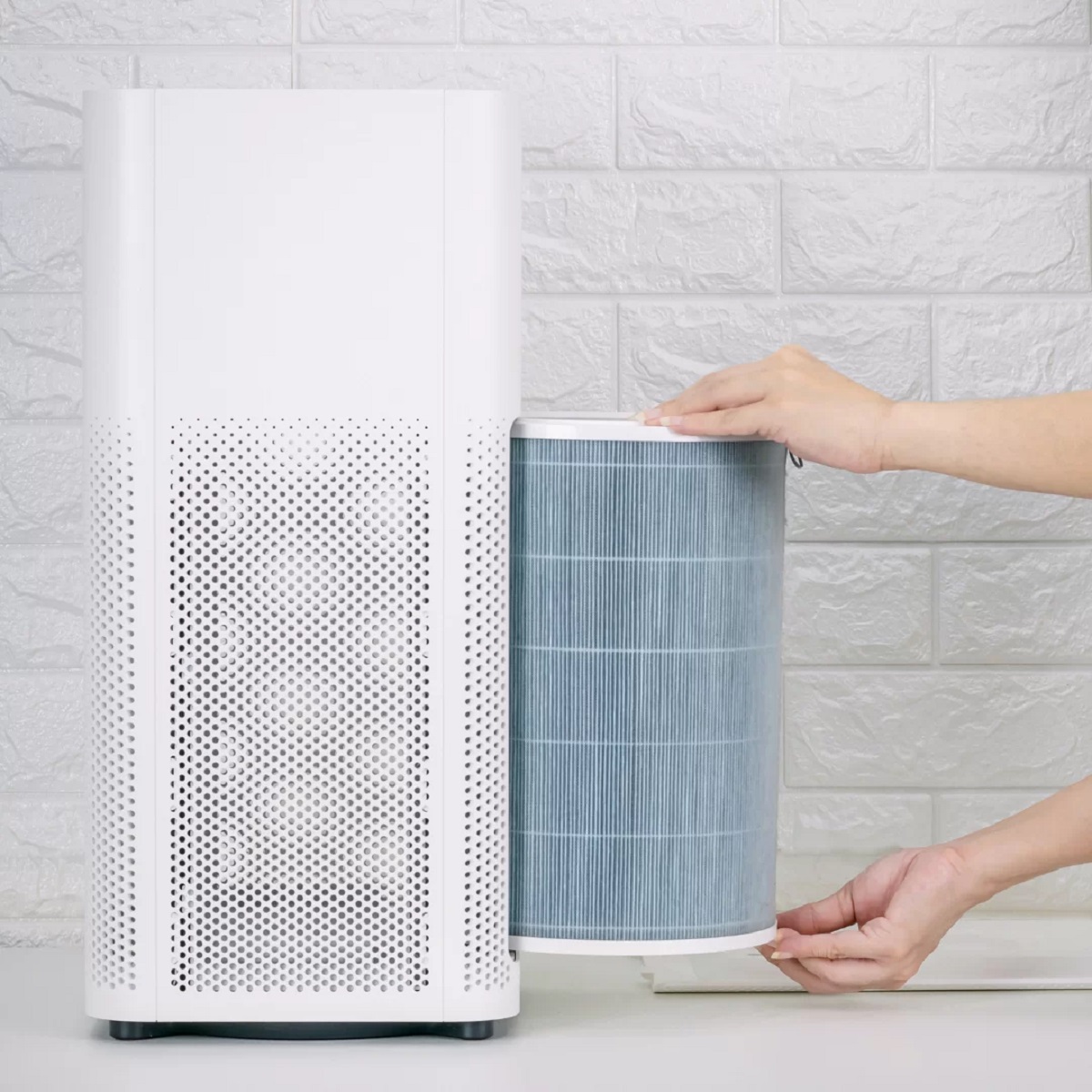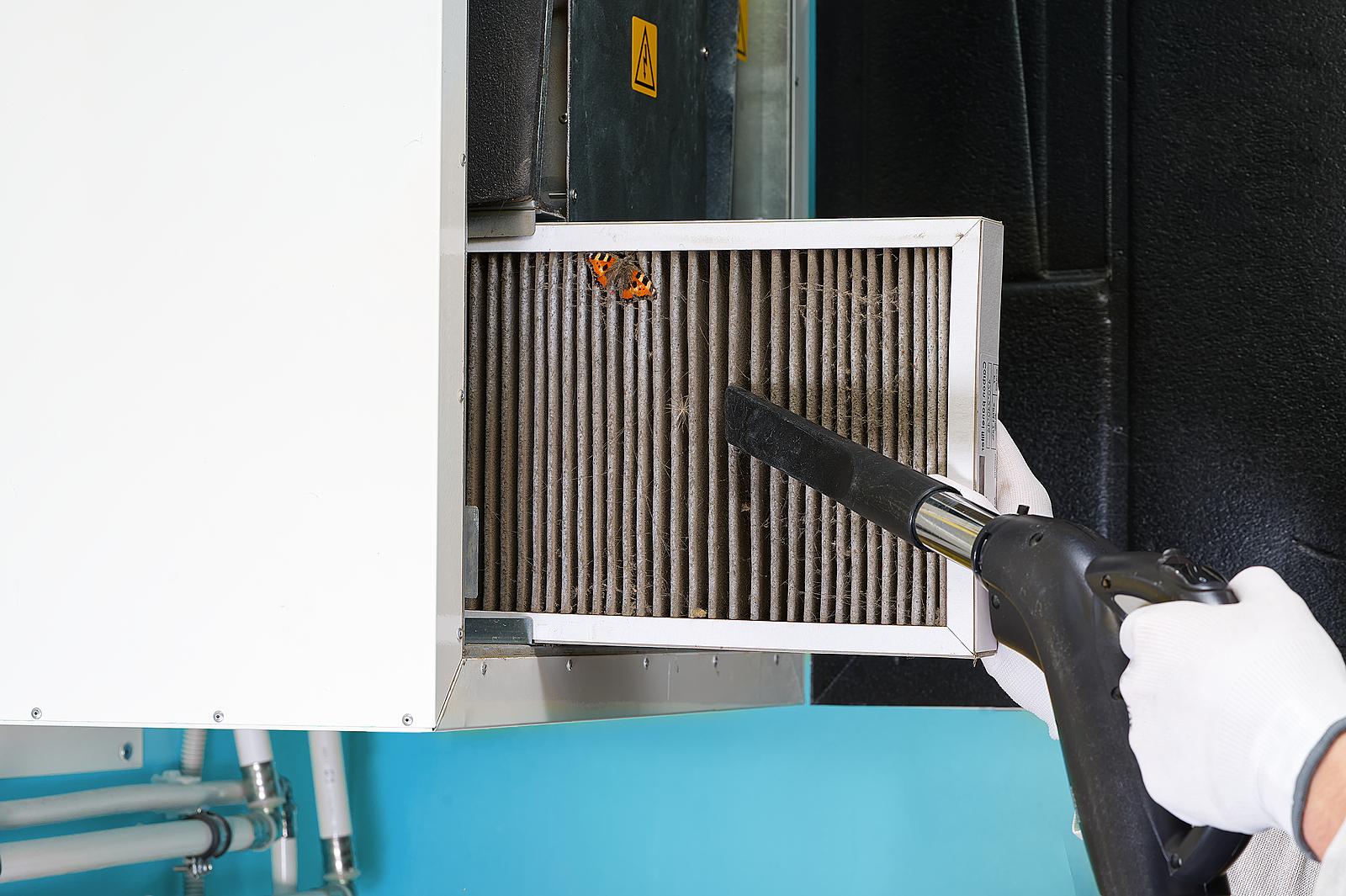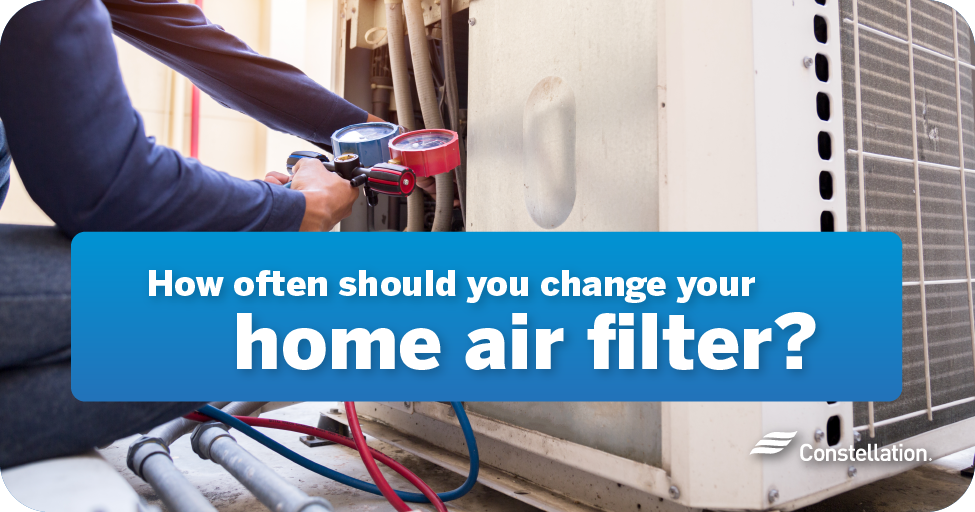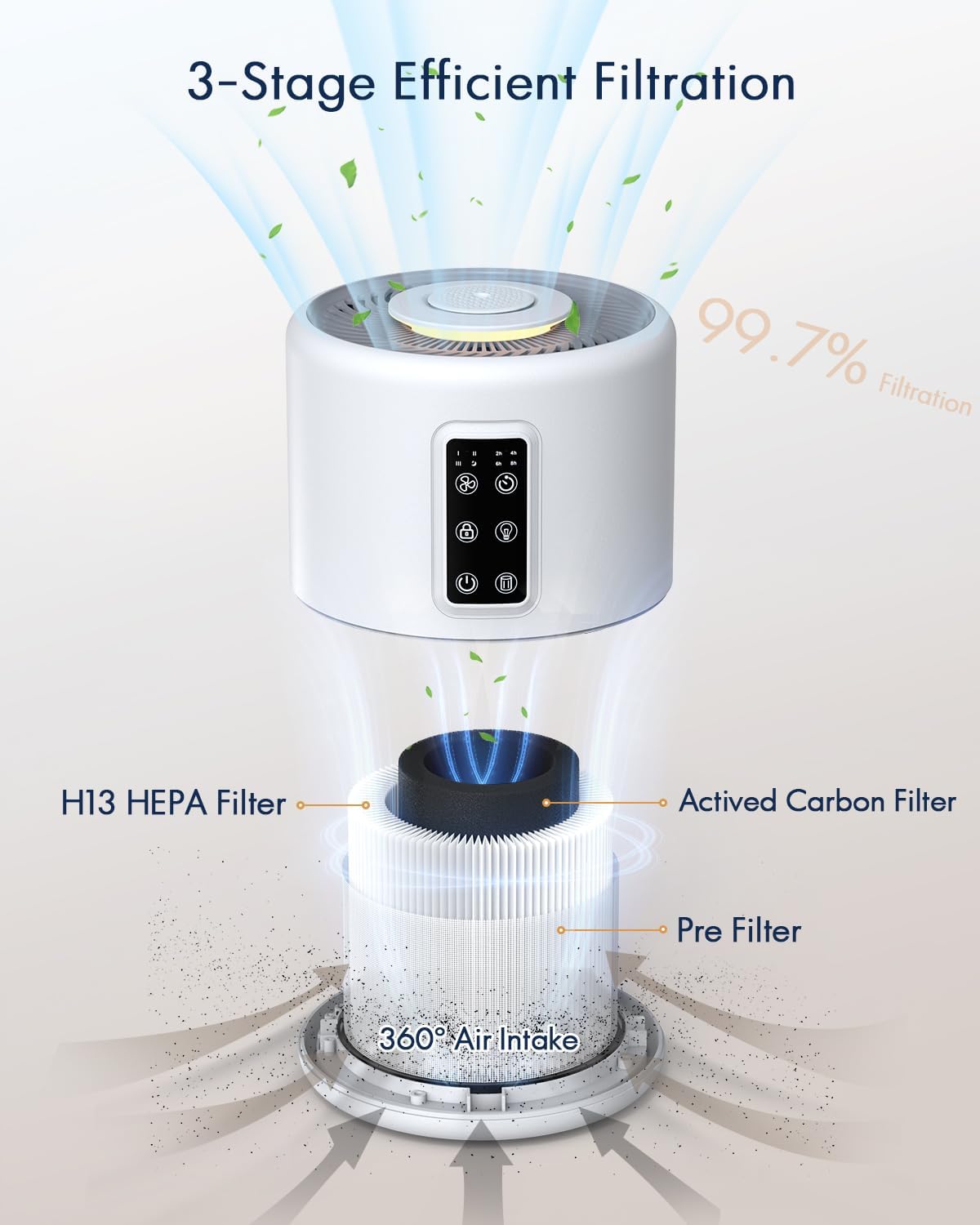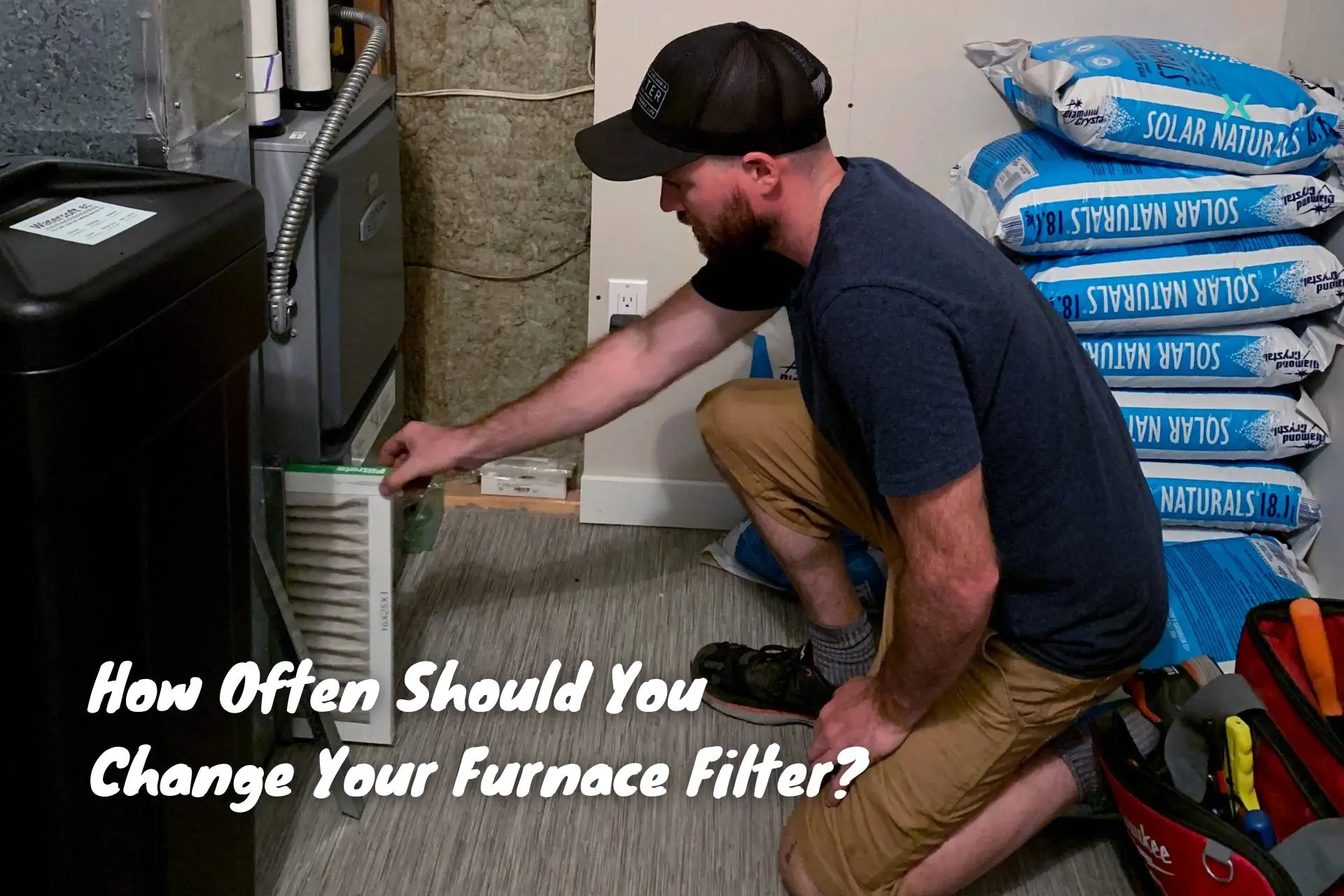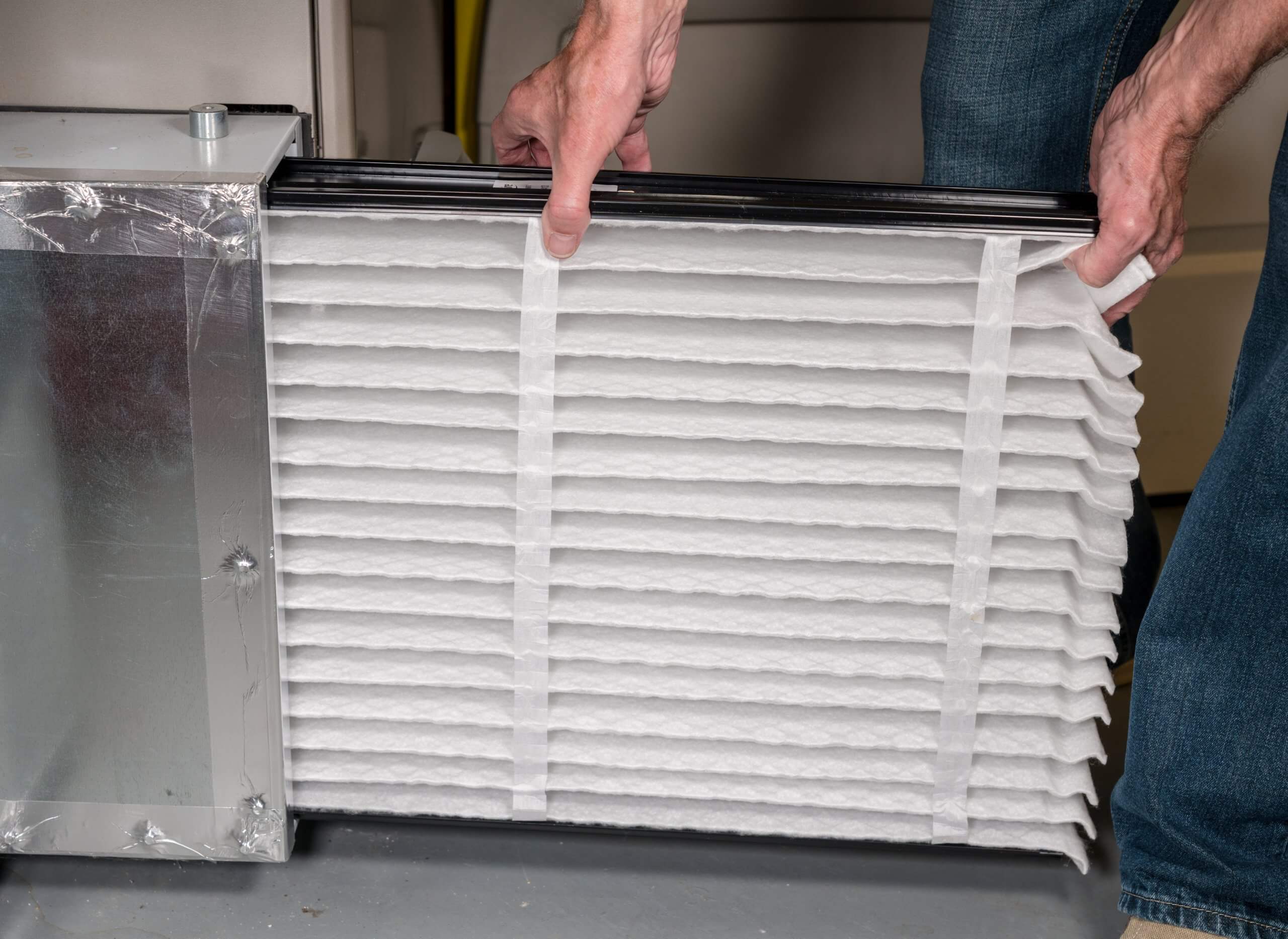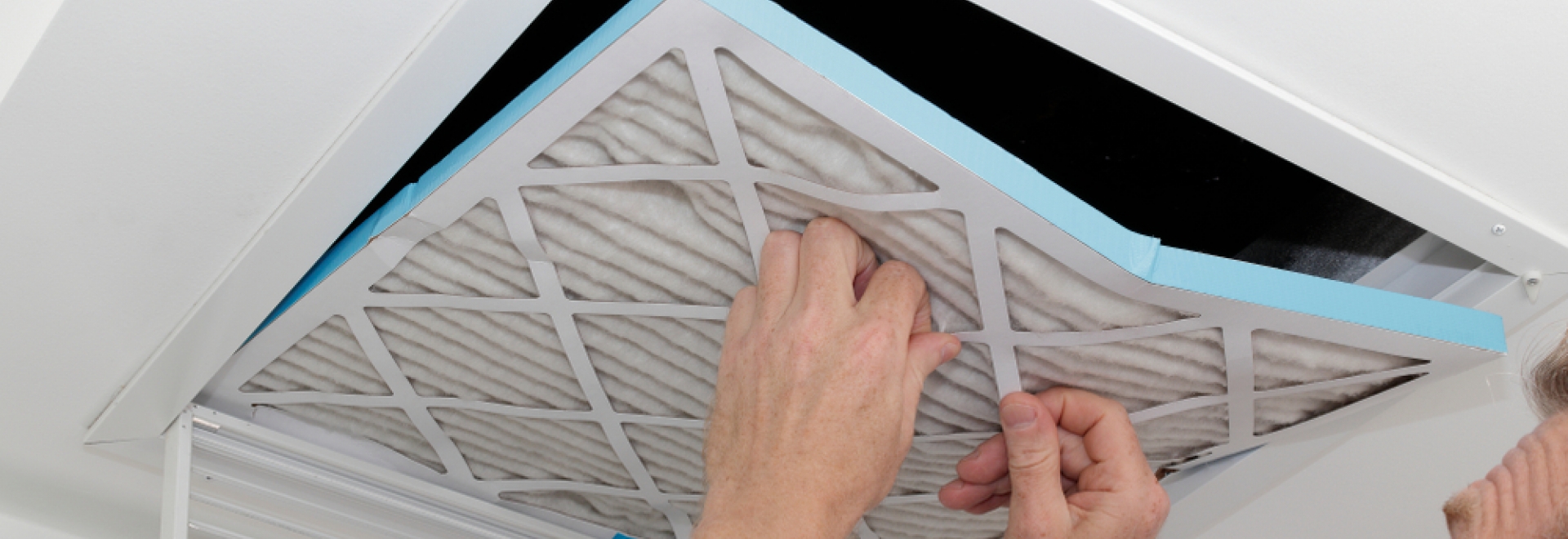How Often Do You Change Air Purifier Filters
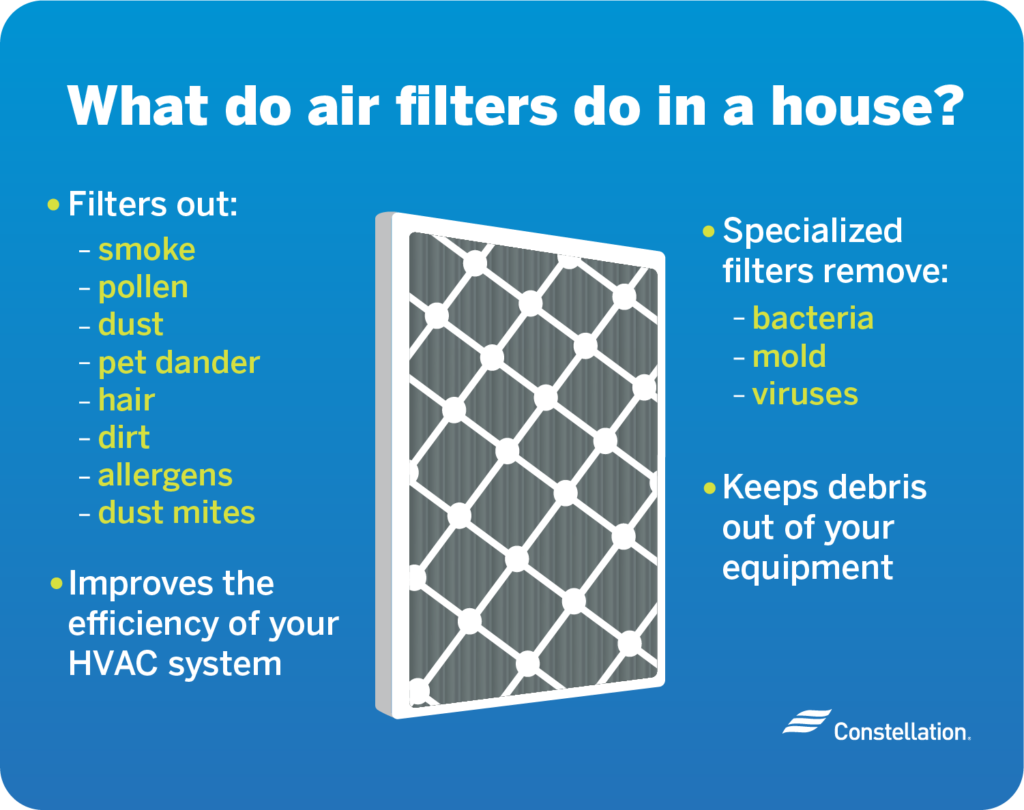
The hum of an air purifier, once a subtle backdrop to daily life, has become increasingly prominent as air quality concerns surge. But this vigilant guardian of our indoor air is only as effective as its filter, and neglecting timely replacements can render it little more than a costly paperweight.
The stakes are high: compromised filters can release trapped pollutants back into the air, exacerbate allergies and respiratory problems, and even damage the purifier itself. Navigating the optimal filter replacement schedule is therefore crucial, demanding a balance between manufacturer recommendations, environmental factors, and individual health needs.
The Nut Graf: Decoding the Filter Replacement Puzzle
This article will delve into the intricacies of air purifier filter replacement, examining manufacturer guidelines, the impact of indoor air quality, different filter types, and strategies for maximizing purifier performance. We'll explore how factors like pet ownership, smoking habits, and geographical location influence replacement frequency. Furthermore, we'll provide practical tips for monitoring filter condition and making informed decisions about when to replace them, ensuring cleaner, healthier indoor air.
Manufacturer's Recommendations: A Starting Point
The first stop in determining your filter replacement schedule should always be the manufacturer's instructions. Most air purifier brands provide specific recommendations, often printed on the filter itself or detailed in the product manual. These guidelines typically suggest replacing filters every 3 to 12 months, depending on the filter type and purifier model.
However, it's crucial to understand that these recommendations are based on average usage in relatively clean environments. In reality, many homes and offices experience far more significant air pollution, necessitating more frequent filter changes.
The Indoor Air Quality Factor: A Crucial Consideration
The air quality inside your home or office significantly impacts how often you need to replace your air purifier filter. Homes with pets, smokers, or located near busy roads or industrial areas will likely require more frequent changes. Even seemingly innocuous activities like cooking and dusting can release pollutants that quickly clog filters.
Visible signs of a dirty filter, such as dust accumulation or discoloration, are clear indicators that it's time for a replacement. Similarly, if you notice a decrease in the purifier's performance, such as reduced airflow or lingering odors, the filter is likely saturated and needs to be changed.
Decoding Different Filter Types
Air purifiers employ various filter types, each with its own lifespan and replacement requirements. HEPA (High-Efficiency Particulate Air) filters are the gold standard for capturing fine particles like dust, pollen, and pet dander. These filters generally need replacing every 6 to 12 months, depending on usage.
Activated carbon filters, often used in conjunction with HEPA filters, are designed to remove odors, gases, and volatile organic compounds (VOCs). They typically have a shorter lifespan than HEPA filters, requiring replacement every 3 to 6 months. Pre-filters, designed to capture larger particles and extend the life of the main filters, should be cleaned regularly (e.g., vacuumed monthly) and replaced every few months.
Some air purifiers use washable filters, which can be cleaned and reused. While these filters can save money in the long run, they require diligent maintenance and may not be as effective as disposable HEPA filters at capturing very fine particles. Always follow the manufacturer's instructions for cleaning and maintaining washable filters.
The Pet Factor: A Significant Impact
Pet owners know that their furry companions contribute significantly to indoor air pollution. Pet dander, hair, and even saliva can quickly clog air purifier filters. If you have pets, consider replacing your filters more frequently, potentially every 2 to 4 months.
Investing in an air purifier specifically designed for pet owners, which often includes a pre-filter to capture larger pet hair and dander, can also help extend the life of your main filters.
Smoking and Other Environmental Factors
Homes with smokers present a unique challenge for air purifiers. Cigarette smoke contains a cocktail of harmful chemicals that can quickly saturate filters. If you or someone in your household smokes, expect to replace your filters every 1 to 3 months.
Similarly, living near busy roads or industrial areas exposes you to higher levels of air pollution, requiring more frequent filter changes. Consider investing in an air purifier with a multi-stage filtration system that includes a carbon filter specifically designed to remove gases and odors.
Maximizing Filter Performance: Practical Tips
Regularly clean your air purifier's exterior and pre-filter (if applicable) to remove dust and debris. This will help maintain airflow and extend the life of the main filters. Avoid placing your air purifier in dusty or cluttered areas, as this can accelerate filter clogging.
Consider investing in a PM2.5 air quality monitor to track the level of fine particulate matter in your home. This can provide valuable insights into your indoor air quality and help you determine when to replace your filters. Many smart air purifiers also include built-in air quality sensors and can automatically adjust fan speed based on air quality levels.
The Cost of Neglect: More Than Just Money
While replacing air purifier filters may seem like an unnecessary expense, neglecting to do so can have significant consequences. A clogged filter not only reduces the purifier's effectiveness but can also strain the motor, leading to premature failure. More importantly, a dirty filter can release trapped pollutants back into the air, potentially exacerbating allergies and respiratory problems.
The cost of a new filter is far less than the cost of a new air purifier or, worse, the cost of dealing with health problems caused by poor indoor air quality. Investing in regular filter replacements is an investment in your health and well-being.
Looking Ahead: The Future of Air Purification
The future of air purification is likely to see advancements in filter technology, such as self-cleaning filters and filters with longer lifespans. Smart air purifiers with sophisticated air quality sensors will become more commonplace, automatically adjusting filtration levels and alerting users when it's time to replace filters.
As awareness of the importance of indoor air quality grows, we can expect to see more stringent regulations regarding air purifier performance and filter replacement. By staying informed about best practices and technological advancements, we can ensure that our air purifiers continue to provide cleaner, healthier indoor air for years to come. Regular maintenance and timely filter replacement remain the cornerstones of effective air purification.

